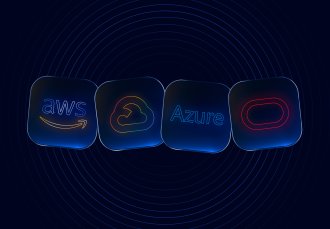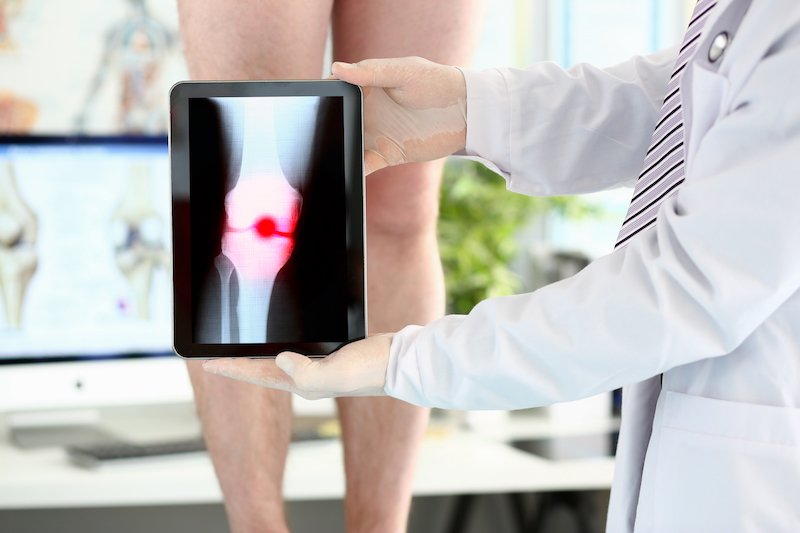
Contact us
Our team would love to hear from you.

In 2019, the International Medical Device Regulators Forum defined Software as a Medical Device (SaMD) as software that is used for medical purposes without being part of any hardware medical equipment.
SaMD is gaining its popularity thanks to the increasing role of the Internet of Things, telemedicine, artificial intelligence, and cloud computing. At the same time, the ever-growing number of smartphone users specify the business interest towards building healthcare apps that are compatible with mobile devices. According to the recent predictions, the global Software as a Medical Device market is likely to have reached $86.5 million by 2027, which is definitely a promising start.
Below are several examples of how SaMD is utilized in healthcare:
In this article, we are going to dive deeper into the topic and find out the main features of Software as a Medical Device, its advantages, disadvantages, and spheres of application.
To avoid confusion, let’s first figure out what solutions will not be considered medical device software even if used by medical personnel within healthcare institutions.

Software as Medical Device classification and features
SaMD offers functionality that goes beyond devices used in healthcare. Below are the major features of Software as a Medical Device:
The most important issue is to provide complete software security of SaMD as any vulnerability may be risky, especially when it comes to confidential medical data. Developers should stop hackers from invading software and ensure that the system can detect malware. This is achieved via multi-factor authentication and data encryption.
One more challenge is to comply with the FDA Software Pre-certification Pilot Program, which allows building a future regulatory model for digital health, including SaMD. The program is based on five criteria: patient security, cybersecurity responsibility, product quality, clinical responsibility, and proactive culture.

Advantages of SaMD
SaMD can significantly enhance the quality and speed of providing healthcare services, at the same time reducing their costs. Other advantages of these systems are as follows:
The functionality of Software as a Medical Device goes far beyond that of traditional medical equipment. With the help of other technologies, SaMD efficiently improves the quality of medical analytics, as well as simplifies the collection of medical data from household sensors.
The Internet of Things will continue to develop and have even a greater effect on healthcare in the future. The number of mobile devices used in healthcare will undoubtedly increase, thus speeding up the implementation of SaMD.
If you are looking for a reliable partner for medical device software development, EffectiveSoft is here to turn your ideas into an advanced solution.
Software as a medical device is a type of software that is used for medical purposes without being part of any hardware medical equipment.
Software as a Medical Device (SaMD) is a software intended to be used for medical purposes on its own, without being part of a hardware medical device. Medical Device Software typically refers to software that is an integral part of a medical device, assisting in its functionality. Both must meet specific regulatory requirements.
Software as a Medical Device is crucial as it enhances healthcare by providing accurate diagnostics, treatment, and patient monitoring. It improves medical decision-making, facilitates remote healthcare delivery, and enhances data-driven insights. SaMD plays a vital role in advancing healthcare accessibility, efficiency, and patient care quality.
Our team would love to hear from you.
Fill out the form, and we’ve got you covered.
What happens next?
San Diego, California
4445 Eastgate Mall, Suite 200
92121, 1-800-288-9659
San Francisco, California
50 California St #1500
94111, 1-800-288-9659
Pittsburgh, Pennsylvania
One Oxford Centre, 500 Grant St Suite 2900
15219, 1-800-288-9659
Durham, North Carolina
RTP Meridian, 2530 Meridian Pkwy Suite 300
27713, 1-800-288-9659
San Jose, Costa Rica
C. 118B, Trejos Montealegre
10203, 1-800-288-9659